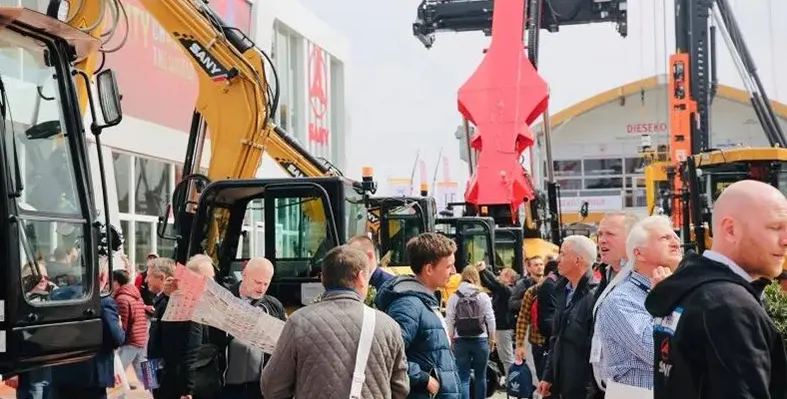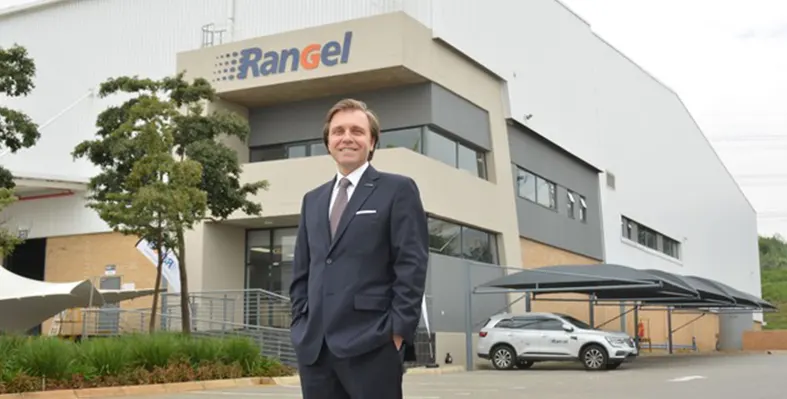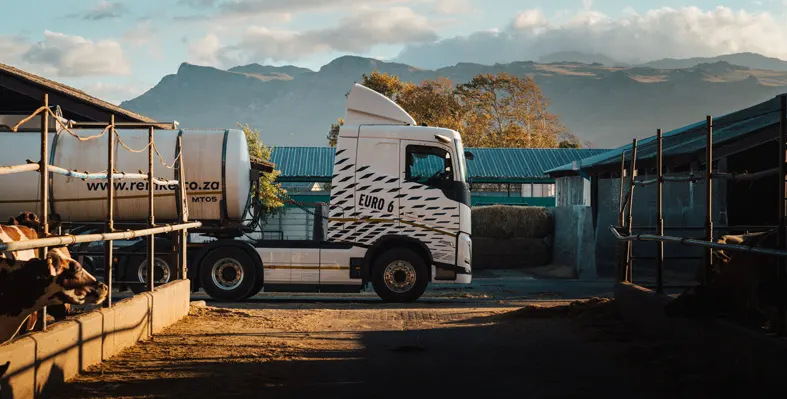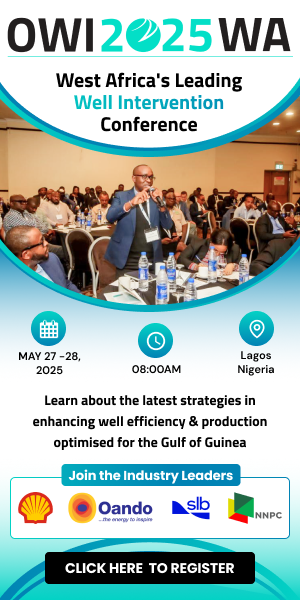
SANY will introduce 11 electric machines to the European market for the first time, reinforcing its leadership in sustainable construction technology. (Image source: SANY)
SANY Group, a leading force in the construction machinery industry, will present its latest advancements under the theme 'The World of Efficiency – Your Partner to Create the Best' at bauma 2025
With a focus on high-quality, efficient, and sustainable solutions, SANY will showcase 35 products, including 19 new models and 11 electrified machines, reinforcing its commitment to electrification and adaptability in the European market. SANY (booth FN619, 3,152 sq m) will exhibit alongside Putzmeister (booth B6.100, 2,500 sq m), creating a record-breaking 5,652 sq m combined exhibition space. Attendees can expect global product debuts, CE-certified models, and innovative solutions tailored for international markets.
Advancing electrification and meeting European market demands
SANY will introduce 11 electric machines to the European market for the first time, reinforcing its leadership in sustainable construction technology. Key exhibits include SCC2000A-EV, the largest pure electric crawler crane from SANY, STR50E, the industry’s first 5-ton all-electric roller, and the SCM500E-10, an electric milling machine tailored for European operations.
The exhibition will also feature six excavators equipped with two-piece booms, extended arms, and specialised attachments. Among them are the SY10U, SANY’s first 1-ton micro excavator, the SY26C, a 3.5-ton short-tail model compliant with Euro V emissions, and the SY155U, a 15-ton short-tail excavator. Other highlights include SANY’s first compact electric 6-meter telehandler STH625E, specifically designed for European markets, and a 40-ton material handler, developed to meet the region’s growing material handling demands.
Enhancing visitor experience with digital innovation
SANY’s booth will feature technological showcases designed to highlight its expertise in digital operations.
Visitors will have the opportunity to engage with two standout interactive features:
-
'Remote Control Over Thousands of Miles,' which enables the remote operation of unmanned mining excavators from Munich to Huzhou, China, setting a new distance record for SANY.
-
'Construction Simulation Game,' offering a hands-on experience of Construction Simulator 3, seamlessly integrating SANY’s equipment control with gaming technology.
Additionally, SANY will present a comprehensive selection of parts and services, including 18 key components such as hydraulic and wear parts, giving attendees insight into the company’s robust service and parts supply capabilities.
With an impressive lineup of innovative products, advanced technology, and top-tier services, SANY will showcase its strength and limitless potential in the construction machinery sector. Visitors from around the world are invited to explore SANY’s booth and experience the future of intelligent, green, and efficient construction machinery. Join the experience of 'The World of Efficiency' with SANY.





















